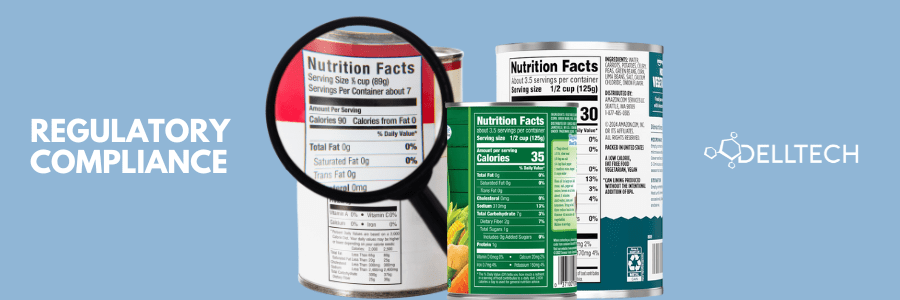Did you know that Canada does not currently have regulations specific to pet food? While that may come as a surprise, pet food manufacturers operating in Canada must still comply with a variety of federal acts and guidelines. These include:
- Consumer Packaging and Labelling Act and Regulations
- Canada Consumer Product Safety Act (CCPSA)
- Competition Act
Additionally, manufacturers must meet all relevant import and export requirements. Although there is no pet food–specific regulation, this does not mean products sold in Canada are unsafe or less reliable. However, it does place more responsibility on manufacturers to ensure their products are compliant, nutritious, and safe for pets.
How Are Pet Food Ingredients Regulated in Canada?
Currently, there are no pet food formula regulations that dictate the exact nutritional composition of pet food in Canada. This means manufacturers are responsible for ensuring their products meet the nutritional needs of the animal. Health Canada recommends that manufacturers consult with veterinarians and animal nutritionists and refer to standards from the Association of American Feed Control Officials (AAFCO) when formulating their products
If you are importing pet food ingredients—particularly meat products—it is important to obtain the proper import permits. Under the Health of Animals Act, ingredients containing specified risk materials (SRMs) from bovine animals are strictly prohibited in pet food.
Ensuring Product Safety
Pet food sold in Canada is expected to be produced in accordance with Good Manufacturing Practices (GMPs). Products must be safe from physical, chemical, and biological hazards.
In the event of a product recall the responsibility falls on manufacturers to alert the public through other means such as social media or retail partnerships since Canada does not currently maintain a central database for pet food recalls. In the special case where the product poses a risk to human health Health Canada must be notified, as per the CCPSA.
Pet Food Labelling Requirements
While not legally binding, the Guideline for Labelling and Advertising of Pet Food—developed by industry stakeholders in collaboration with Health Canada—provides comprehensive direction on how pet food should be labeled.
Key elements required on a pet food label include:
- An appropriate and truthful product name
- Animal species the product is intended for
- Feeding instructions and guidance on when to consult a veterinarian
- Nutritional adequacy statements
- Compliance with recognized standards (e.g., AAFCO)
Several federal agencies oversee labeling compliance, including:
- Canadian Food Inspection Agency (CFIA)
- Health Canada
- Competition Bureau of Industry Canada
These bodies work together to ensure pet food labels are truthful, clear, and compliant with federal regulations.
Bringing Your Pet Food to the Canadian Market?
Whether you’re entering the pet food industry for the first time or expanding into the Canadian market, it’s essential to understand the complex regulatory landscape. Dell Tech can help. Our industry experts are here to guide you through every step—from formulation and compliance to labelling and distribution.
Contact Dell Tech today to ensure your pet food products meet Canadian standards with confidence.
DELL TECH HAS PROVIDED PROFESSIONAL, CONFIDENTIAL CONSULTING SERVICES TO THE SPECIALTY CHEMICAL INDUSTRY IN CANADA, THE USA, EUROPE AND ASIA FOR THE LAST 40 YEARS.
[INSERT_ELEMENTOR id=5705]





